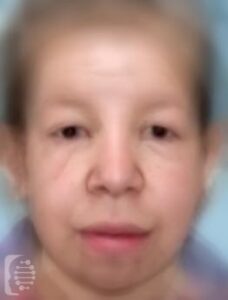
LEOPARD syndrome
Leopard syndrome is a rare genetic condition. The main symptoms of the syndrome affect the skin, heart, inner ear, and genitalia. It belongs to a group of diseases known as RASopathies. The body’s RAS pathway is responsible for its growth and development. RASopathies, like LEOPARD syndrome, are caused by gene changes that affect and impair […]









